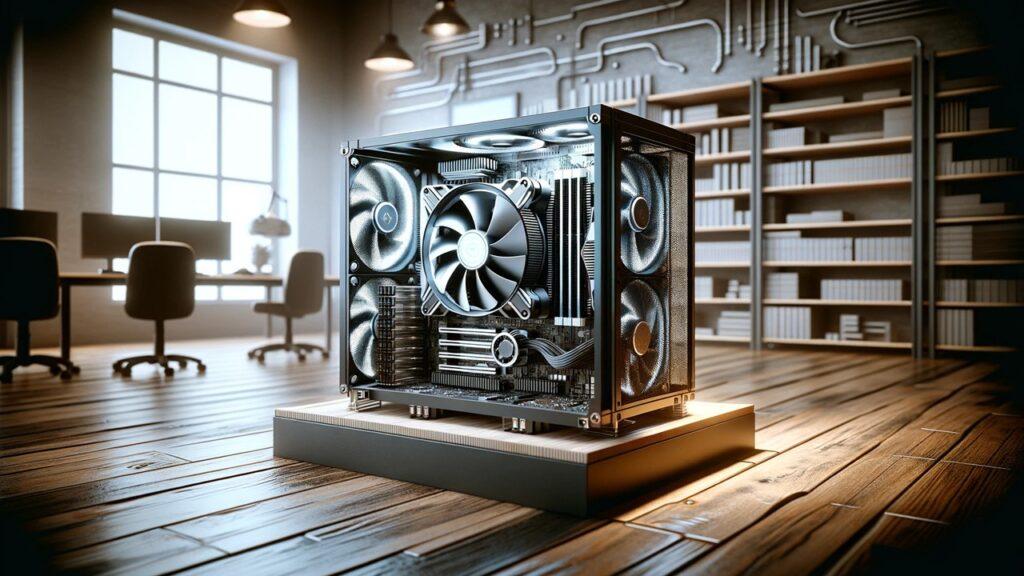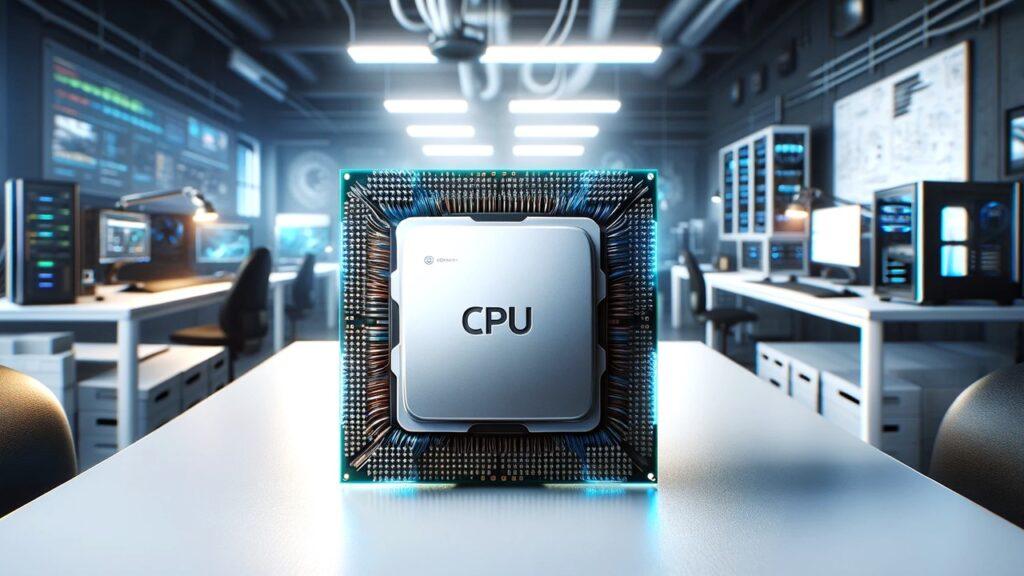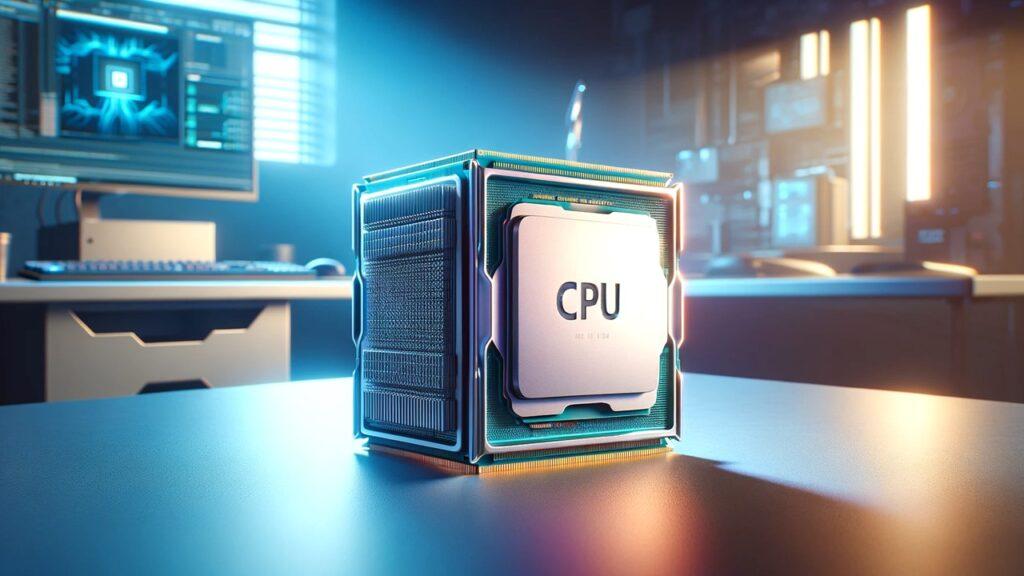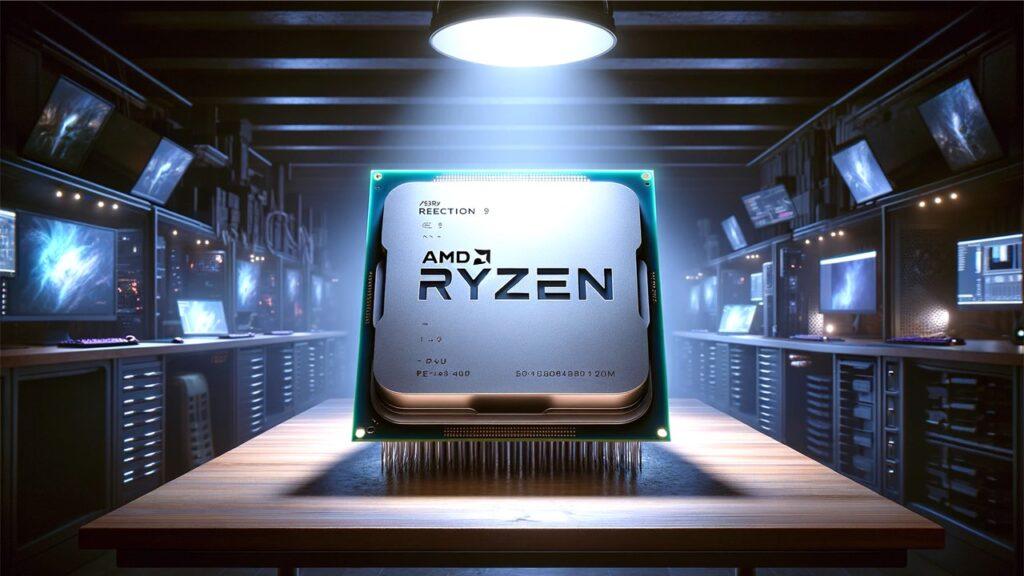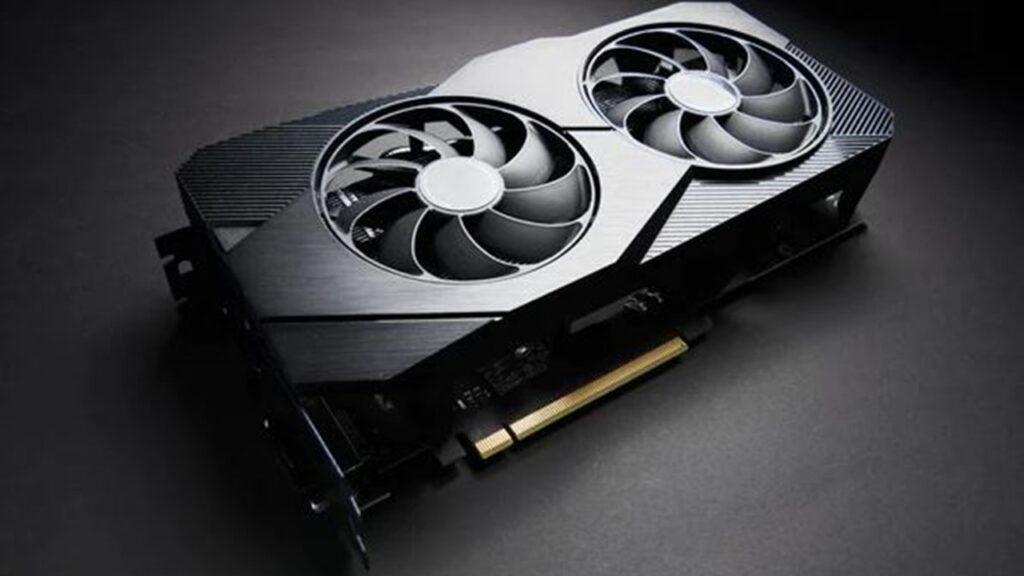
Have you ever wondered why some video calls look so much clearer than others? Well, a big part of that clarity comes from how the graphics card settings are adjusted. In this guide on “Adjusting Graphics Card Settings for Improved Video Conference Quality,” we’ll explore simple tweaks you can make to enhance your video calls. Whether you’re chatting with friends or tuning in for a work meeting, these adjustments will help make sure you come through crystal clear. Let’s dive into how you can tweak your computer to get the best video quality next time you log on!
Knowing Your Graphics Card Capabilities
Have you ever opened your computer and seen that big piece of hardware with a fan? That’s the graphics card, and it’s super important for lots of tasks, including making your video calls look better. Let’s dive into what your graphics card can do to improve your video conferencing experience.
- Types of Graphics Cards: Graphics cards are categorized mainly into two types: gaming and professional. But, don’t worry, even the gaming ones can massively boost your video call quality. They’re built to handle intense graphics smoothly, which means clearer video calls for you.
- Checking Your Graphics Card: Finding out what graphics card you have is easy. If you’re using Windows, just type “Device Manager” into your search bar, open it, and click on “Display Adapters.” It will show you the name and model of your graphics card. Mac users can find this info by clicking on the Apple menu, then “About This Mac,” followed by “System Report” and looking under “Graphics/Displays.”
- Graphics Software Overview: Most graphics cards come with their own control software, like NVIDIA’s Control Panel or AMD’s Radeon Settings. These programs are really helpful. They let you adjust settings that can improve how videos look during your calls, from color adjustment to managing your card’s performance settings.
Understanding your graphics card’s capabilities is your first step towards enhancing video call quality. With this knowledge, you’re better prepared to make informed adjustments that suit your needs.
Essential Graphics Card Settings for Video Conferencing
Now that we know a bit about our graphics card, let’s adjust its settings to get the best video call experience. Think of it like tuning your TV for the best picture for your favorite movie!
- Resolution Settings: Resolution affects how sharp your video appears. For most video calls, a resolution of 1080p is ideal as it offers clarity without overloading your computer’s resources. Adjusting your graphics card to ensure it matches this resolution can make your video look professionally crisp.
- Frame Rate Adjustment: Frame rate determines how smooth your video appears. A higher frame rate means smoother motion, making your gestures and expressions during video calls appear more natural. Adjusting this can prevent the stutter or lag that sometimes happens in video streams.
- Texture and Detail Settings: These settings control the richness of visuals. For video conferencing, you might not need very high detail settings, but you don’t want to set them so low that the video becomes pixelated. Finding a balance here ensures the video is clear but doesn’t tax your system too much.
- Hardware Acceleration: Enabling hardware acceleration allows your graphics card to take over video processing tasks from your CPU, which can significantly smooth out your video playback. This setting is particularly useful if you’re running other applications during your calls that might be using a lot of your computer’s processing power.
Tweaking these graphics card settings can greatly improve your video conferencing experience. It’s worth spending some time to experiment with different settings to see which combinations provide the best video quality for your specific setup.
Advanced Adjustments for Professionals
Ready to elevate your video calls to professional quality? It’s time to dive into some advanced settings that can sharpen and refine your video output, making you look your best, even during large online meetings or presentations.
- Anti-Aliasing: Anti-aliasing is a technique used to smooth out jagged edges in digital images, commonly known as “jaggies.” These edges can appear on text and within complex visuals during video calls. By enabling anti-aliasing in your graphics card settings, you reduce these imperfections, resulting in a cleaner, more polished video output. It’s particularly useful when sharing detailed graphical content or text-heavy presentations.
- Dynamic Range and Color Correction: The dynamic range setting enhances the contrast between the lightest and darkest parts of your video image, which can greatly improve visual clarity and detail. Adjusting color correction can also dramatically affect the appearance of your video. This tool adjusts the fidelity of colors, ensuring that your video doesn’t look too washed out or unnaturally saturated. It can make a big difference in presenting a vibrant, professional image to your audience.
- Background Rendering Settings: For those who use virtual backgrounds or have detailed backdrops, optimizing how your graphics card renders these elements is crucial. Proper background rendering ensures that your chosen virtual backgrounds look natural and seamless, without distracting pixelations or visual glitches. This adjustment helps in maintaining a professional aesthetic during video conferences.
Mastering these advanced settings can transform your video conferencing experience. Not only will your video quality improve, but you’ll also convey a more polished and professional appearance online. Experiment with these settings to find what works best for your specific needs and environment.
Software Tools and Utilities to Assist in Optimization
Optimizing your graphics settings manually can be daunting. Fortunately, there are several software tools designed to help streamline this process, acting like a tech-savvy friend who’s always ready to assist.
- Software Tools Overview: For NVIDIA graphics card users, the GeForce Experience software offers a one-click optimization feature for various applications, including video conferencing tools. AMD users can utilize the AMD Radeon Software, which similarly optimizes settings for improved performance. These tools assess your system’s capabilities and adjust the graphics settings to provide optimal video quality for your specific hardware setup.
- Using Built-in Graphics Software: Both NVIDIA and AMD provide built-in software that includes preset configurations tailored for different uses, from gaming to professional graphics work. These presets are a great starting point for non-tech users, as they are developed based on extensive testing and optimization to suit specific tasks.
- Tips for Using Tools: While automatic presets are useful, they may not always provide the perfect setting for your unique situation. It’s advisable to start with these presets and then make incremental adjustments based on your personal experience. Pay attention to how these changes affect both your video quality and overall system performance. If you notice lag or degradation in video quality, you might need to scale back some settings.
Leveraging these software tools can significantly simplify the process of optimizing your video conferencing setup. They provide a user-friendly interface and automated solutions that can help you achieve professional-quality video without needing deep technical knowledge.
Common Issues and Troubleshooting
Even with the best setup, you might encounter some bumps along the way. Think of this section as your toolkit for smoothing out any issues with your video calls, just like a handy guide for quick fixes.
- Overheating Graphics Card: If your video calls turn your PC into a mini furnace, it’s likely your graphics card working overtime. First, ensure your computer’s air vents are unblocked and consider using compressed air to blow out dust that might be clogging the fans. Reducing the graphics settings, like lowering the resolution or detail, can decrease the workload on your card and help keep things cool.
- Software Crashes: Graphics software can sometimes crash due to bugs or heavy loads. To prevent this, keep your graphics drivers up to date as manufacturers often release updates that fix known issues. If crashes persist, try reverting your graphics settings to default and then adjust them one by one to identify what might be causing the overload.
- Video Lag or Stuttering: Choppy video can ruin a call. This might be due to high settings that your system can’t handle. Try lowering the resolution and frame rate in your graphics settings. Also, check your internet connection; a stable and fast connection is crucial for smooth video streaming. Upgrading your Wi-Fi router or connecting directly via an Ethernet cable can also help stabilize your video feed.
Tackling these common issues can enhance your video conferencing experience significantly. With a few tweaks, you’re well on your way to smoother, more reliable video calls. Keep this troubleshooting guide handy, and you’ll be prepared for whatever technical challenges come your way.
Thinking of Upgrading Your Graphics Card for Better Performance
If you’ve fine-tuned all settings and still aren’t satisfied with your video quality, it might be time to consider an upgrade. Upgrading your graphics card is like giving your computer a new set of eyes, sharper and more capable than before.
- When to Consider Upgrading: Consider upgrading if your current graphics card is several years old and struggles with basic tasks beyond video conferencing, like rendering videos or multitasking with graphics-heavy applications. A new card can drastically improve your video quality, especially in terms of resolution and frame rate stability, which are crucial for professional-looking video calls.
- Choosing the Right Graphics Card: When selecting a new graphics card, focus on models that offer robust support for video rendering. Look for cards with high core counts and ample video RAM. Reviews and benchmarks can be very helpful; they often highlight how well a card performs under load and its efficiency in handling video-intensive tasks.
- Installation Tips: Installing a new graphics card is more straightforward than it sounds. Ensure your computer is turned off and unplugged. Open the case, carefully remove the old card by unscrewing and gently pulling it out from the slot. Insert the new card in the same slot, secure it, and connect any necessary power cables. Remember to handle the card by the edges to avoid static damage to the components.
With a new graphics card installed, your video conferencing should see immediate improvements in clarity and smoothness. An upgrade not only enhances your current video call experience but also ensures you’re equipped for future demands as video technology continues to evolve.
Wrapping It Up!
So, we’ve navigated through tweaking your graphics card settings to refining your system with an upgrade. It’s clear that a few smart adjustments can go a long way in enhancing your video conferencing quality. Remember, keeping your drivers updated and your system cool can help avoid common glitches like overheating or software crashes. If you still find the video quality lacking, considering an upgrade might just be the ticket to crystal clear calls. Just like a well-oiled machine, your computer needs a little upkeep and sometimes an upgrade to perform its best. Whether you’re connecting with colleagues or catching up with friends, ensuring your video setup is top-notch makes all the difference. Keep these tips in mind, and you’re all set for smoother, more professional video interactions. Ready to turn your next video call into a standout experience?
Related FAQs
How Do I Access Graphics Card Settings on My PC?
To access graphics card settings, right-click on your desktop and select your graphics control panel (NVIDIA Control Panel or AMD Radeon Settings) from the context menu.
What Are the Best Graphics Card Settings for Video Calls?
The best settings typically include a medium resolution, moderate frame rate, and optimized color settings to balance quality with performance.
Can Updating My Graphics Card Drivers Improve Video Quality?
Yes, updating your graphics card drivers can significantly enhance video quality by improving performance and stability.
Is It Necessary To Upgrade My Graphics Card for Better Video Conferencing?
Upgrading your graphics card is beneficial if you experience consistent performance issues or require higher video quality for professional settings.
How Can I Check If My Graphics Card Is Overheating During Calls?
Monitor your GPU temperature using software like GPU-Z or your graphics card’s built-in monitoring tool. Temperatures consistently above 85°C may indicate overheating.
Meta Description
Adjusting Graphics Card Settings For Improved Video Conference Quality: Enhance Your Video Calls With Optimal GPU Settings.

At our core, we’re a group of passionate tech lovers, just like you. We dive deep into the world of tech, especially when it’s about building PCs that perform. We try to provide as much value to the readers with our information and how to blog articles as possible. For affiliate articles our honest and transparent reviews of essential tech products are rooted in real-world experience. We take great satisfaction in offering unbiased evaluations, ensuring that you can make informed decisions when investing in your desired techs. As an affiliate website, we may earn a small commission from some of the products we feature. However, rest assured that our opinions are not influenced by this, and your trust is always our main priority.

